Protective immunity against acute toxoplasmosis in BALB/c mice induced by a DNA vaccine encoding Toxoplasma gondii elongation factor 1-alpha
- PMID: 26497908
- PMCID: PMC4619988
- DOI: 10.1186/s12879-015-1220-5
Protective immunity against acute toxoplasmosis in BALB/c mice induced by a DNA vaccine encoding Toxoplasma gondii elongation factor 1-alpha
Abstract
Background: Toxoplasma gondii can infect almost all warm-blood animals including human beings. The high incidence and severe damage that can be caused by T. gondii infection clearly indicates the need for the development of a vaccine. T. gondii elongation factor 1-alpha (TgEF-1α) plays an important role in pathogenesis and host cell invasion for this parasite. The aim of this study was to evaluate the immune protective efficacy of a DNA vaccine encoding TgEF-1α gene against acute T. gondii infection in mice.
Methods: A DNA vaccine (pVAX-EF-1α) encoding T. gondii EF-1a (TgEF-1α) gene was constructed and its immune response and protective efficacy against lethal challenge in BALB/c mice were evaluated.
Results: Mice inoculated with the pVAX-EF-1α vaccine had a high level of specific anti-T. gondii antibodies and produced high levels of IFN-gamma, interleukin (IL)-4, and IL-17. The expression levels of MHC-I and MHC-II molecules as well as the percentages of both CD4(+) and CD8(+) T cells in mice vaccinated with pVAX-EF-1α were significantly increased (p < 0.05), compared with those in all the mice from control groups (blank control, PBS, and pVAXI). Immunization with pVAX-EF-1α significantly (p < 0.05) prolonged mouse survival time to 14.1 ± 1.7 days after challenge infection with the virulent T. gondii RH strain, compared with mice in the control groups which died within 8 days.
Conclusions: DNA vaccination with pVAX-EF-1α triggered strong humoral and cellular responses and induced effective protection in mice against acute T. gondii infection, indicating that TgEF-1α is a promising vaccine candidate against acute toxoplasmosis.
Figures
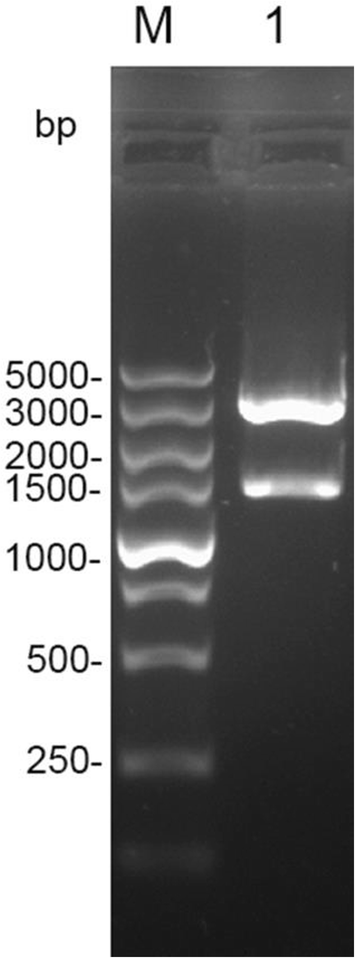
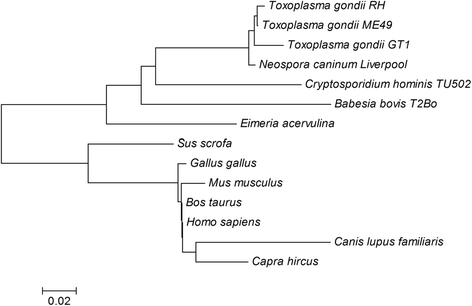
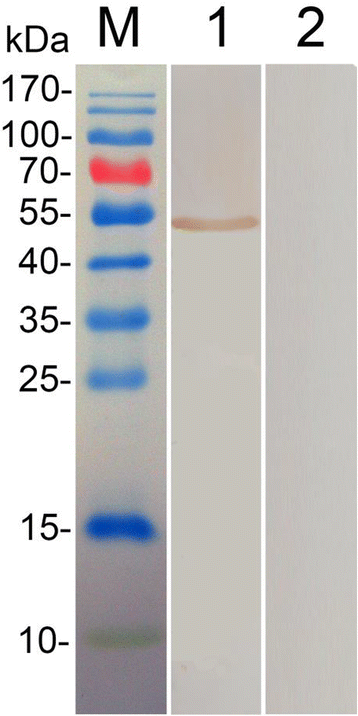
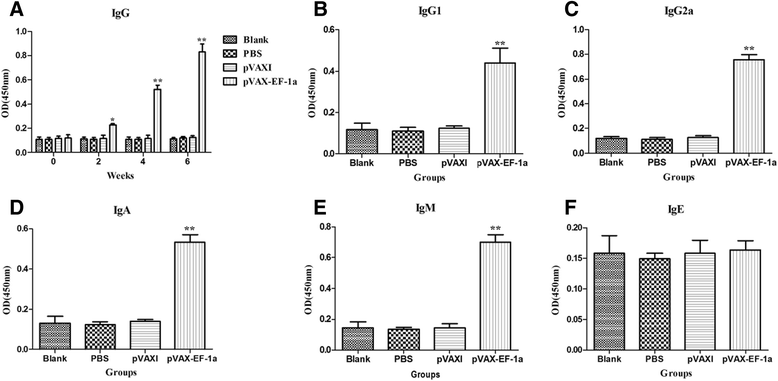
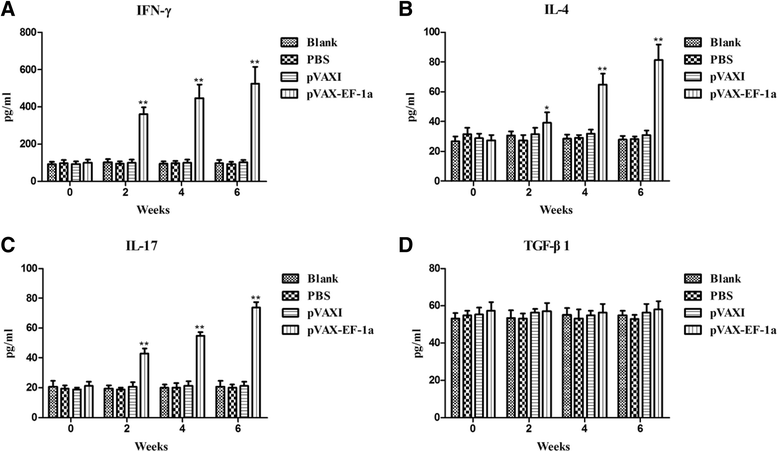
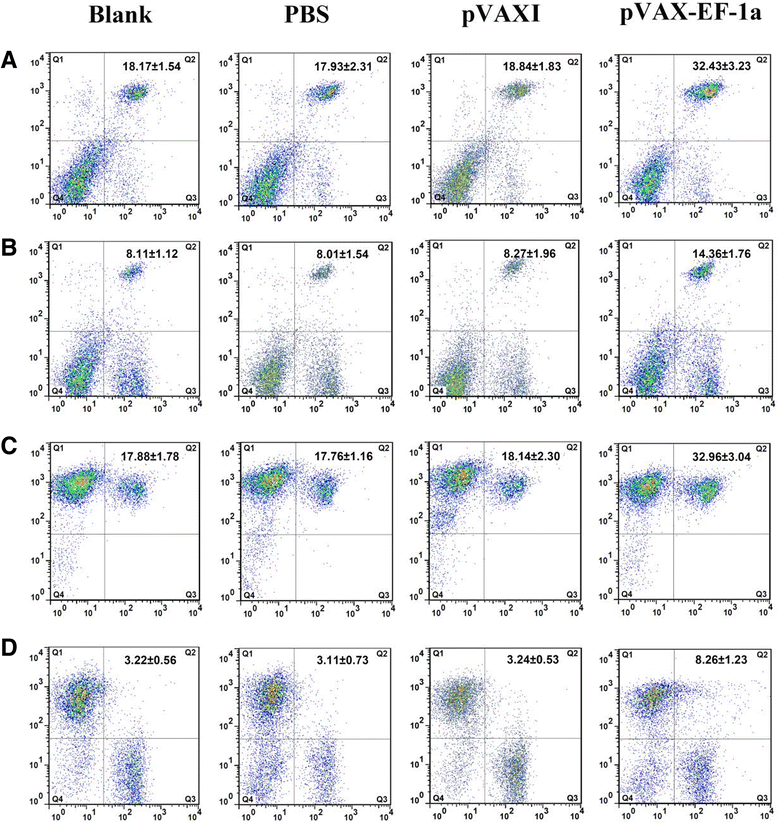
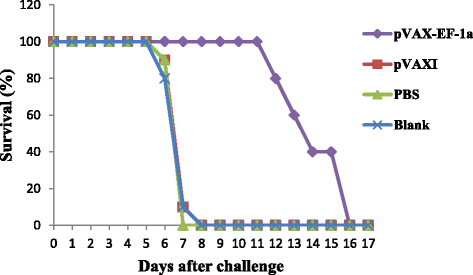
Similar articles
-
Immune response and protective effect against chronic Toxoplasma gondii infection induced by vaccination with a DNA vaccine encoding profilin.BMC Infect Dis. 2018 Mar 7;18(1):117. doi: 10.1186/s12879-018-3022-z. BMC Infect Dis. 2018. PMID: 29514647 Free PMC article.
-
Toxoplasma gondii: protective immunity induced by rhoptry protein 9 (TgROP9) against acute toxoplasmosis.Exp Parasitol. 2014 Apr;139:42-8. doi: 10.1016/j.exppara.2014.02.016. Epub 2014 Mar 3. Exp Parasitol. 2014. PMID: 24602875
-
Evaluation of protective immunity induced by DNA vaccination with genes encoding Toxoplasma gondii GRA17 and GRA23 against acute toxoplasmosis in mice.Exp Parasitol. 2017 Aug;179:20-27. doi: 10.1016/j.exppara.2017.06.002. Epub 2017 Jun 15. Exp Parasitol. 2017. PMID: 28625894
-
A systematic review on efficiency of microneme proteins to induce protective immunity against Toxoplasma gondii.Eur J Clin Microbiol Infect Dis. 2019 Apr;38(4):617-629. doi: 10.1007/s10096-018-03442-6. Epub 2019 Jan 24. Eur J Clin Microbiol Infect Dis. 2019. PMID: 30680553
-
PLGA Nanoparticles as an Efficient Platform in Protein Vaccines Against Toxoplasma gondii.Acta Parasitol. 2022 Jun;67(2):582-591. doi: 10.1007/s11686-021-00499-w. Epub 2022 Jan 11. Acta Parasitol. 2022. PMID: 35013939 Review.
Cited by
-
Protection against Eimeria intestinalis infection in rabbits immunized with the recombinant elongation factors EF1α and EFG.Infect Immun. 2023 Nov 16;91(11):e0020823. doi: 10.1128/iai.00208-23. Epub 2023 Oct 12. Infect Immun. 2023. PMID: 37823630 Free PMC article.
-
Parasite Infiltration and Apoptosis in Spleen upon Toxoplasma gondii Infection.Korean J Parasitol. 2019 Oct;57(5):537-541. doi: 10.3347/kjp.2019.57.5.537. Epub 2019 Oct 31. Korean J Parasitol. 2019. PMID: 31715697 Free PMC article.
-
Seroprevalence of Toxoplasma gondii infection and risk factors in domestic sheep in Henan province, central China.Parasite. 2016;23:53. doi: 10.1051/parasite/2016064. Epub 2016 Nov 24. Parasite. 2016. PMID: 27882868 Free PMC article.
-
Characterization of the Activities of Dinuclear Thiolato-Bridged Arene Ruthenium Complexes against Toxoplasma gondii.Antimicrob Agents Chemother. 2017 Aug 24;61(9):e01031-17. doi: 10.1128/AAC.01031-17. Print 2017 Sep. Antimicrob Agents Chemother. 2017. PMID: 28652238 Free PMC article.
-
Proteomic Analysis of Sporothrix schenckii Exposed to Oxidative Stress Induced by Hydrogen Peroxide.Pathogens. 2022 Feb 10;11(2):230. doi: 10.3390/pathogens11020230. Pathogens. 2022. PMID: 35215174 Free PMC article.
References
Publication types
MeSH terms
Substances
LinkOut - more resources
Full Text Sources
Other Literature Sources
Medical
Research Materials

